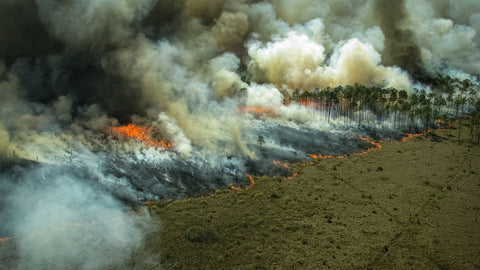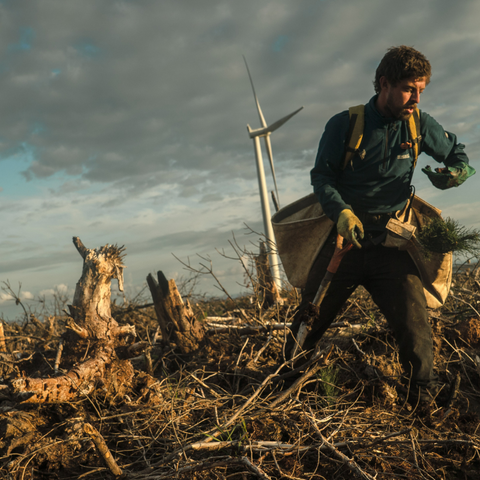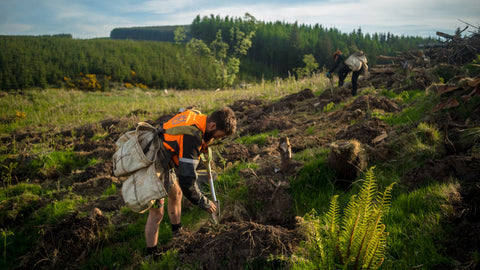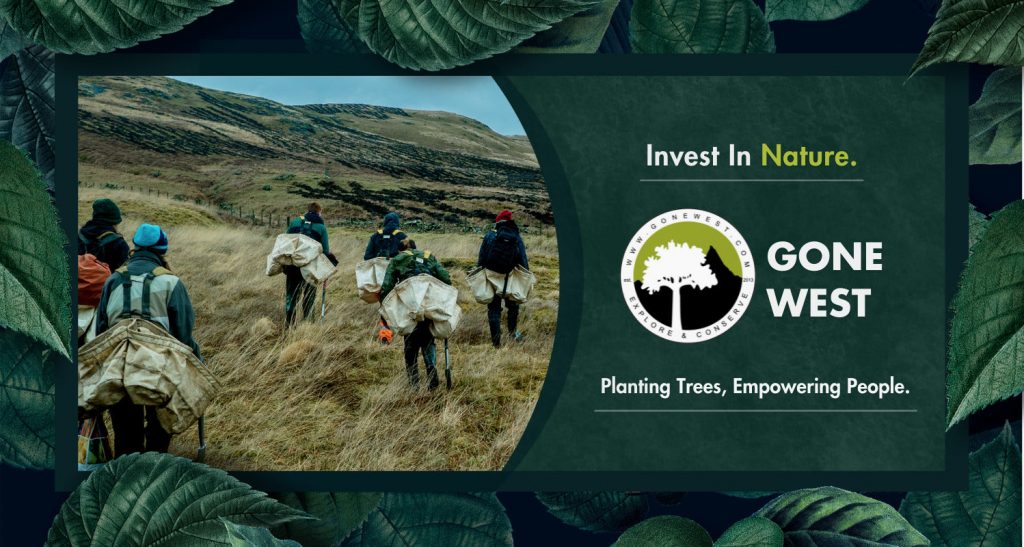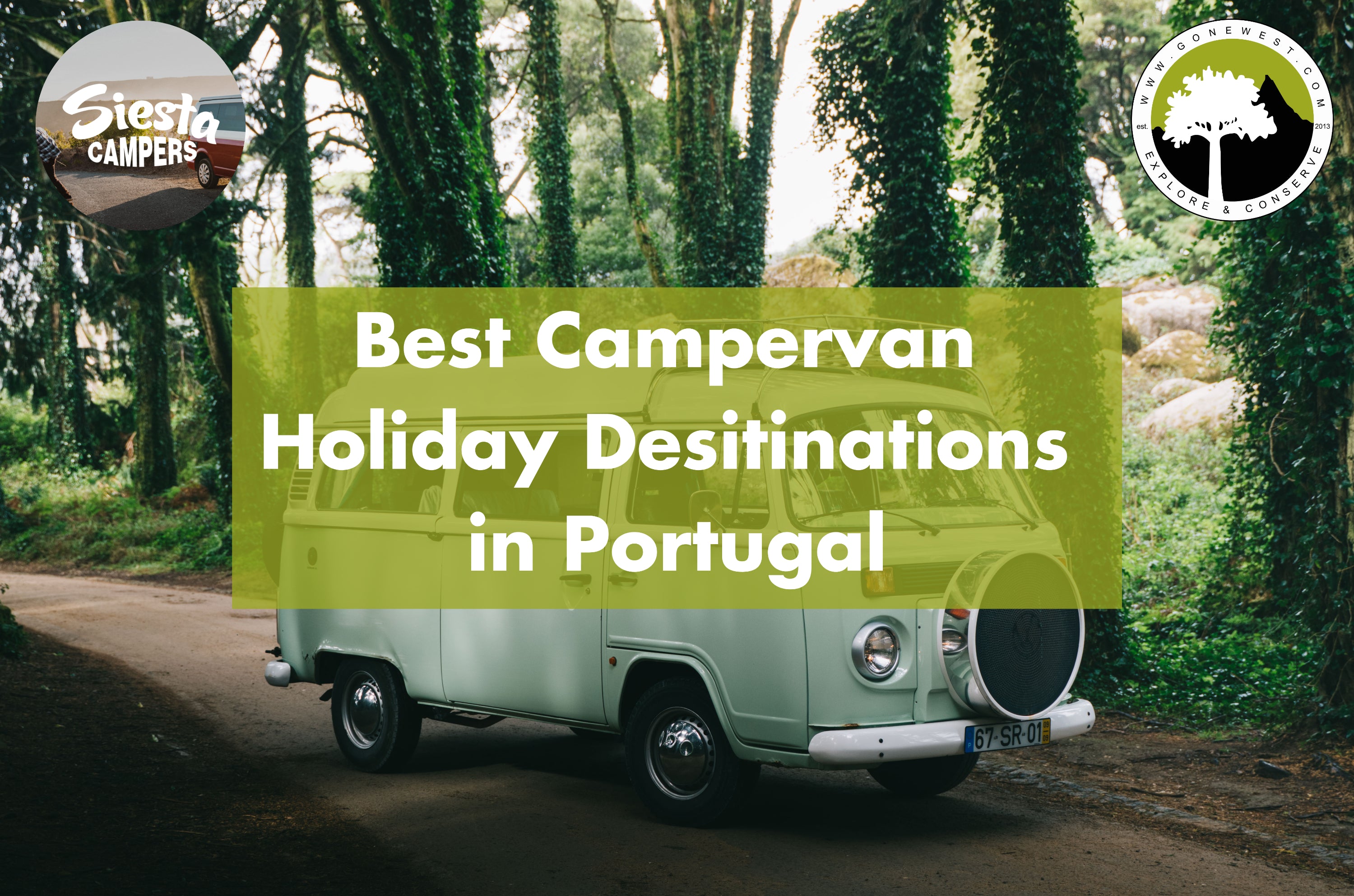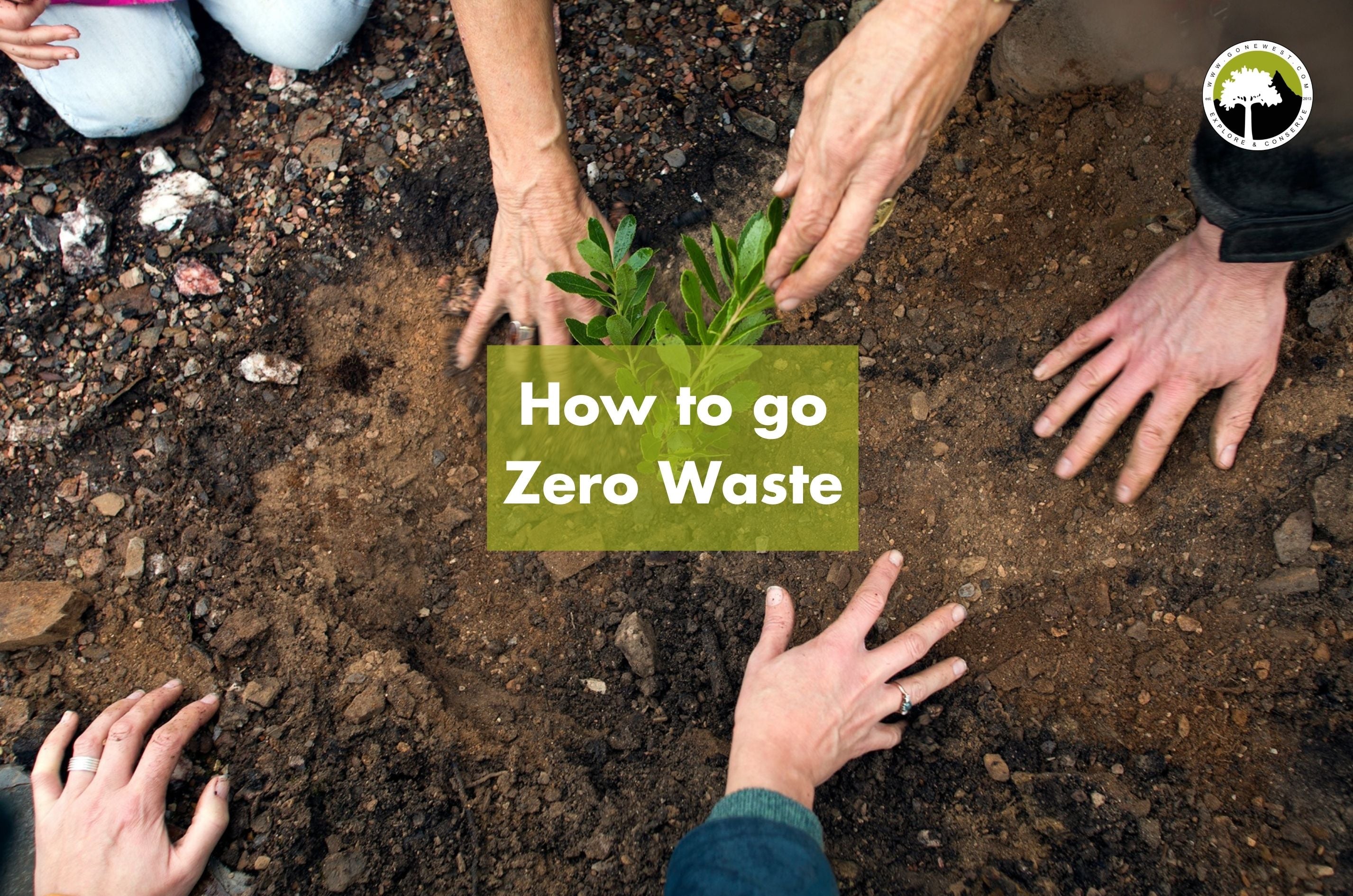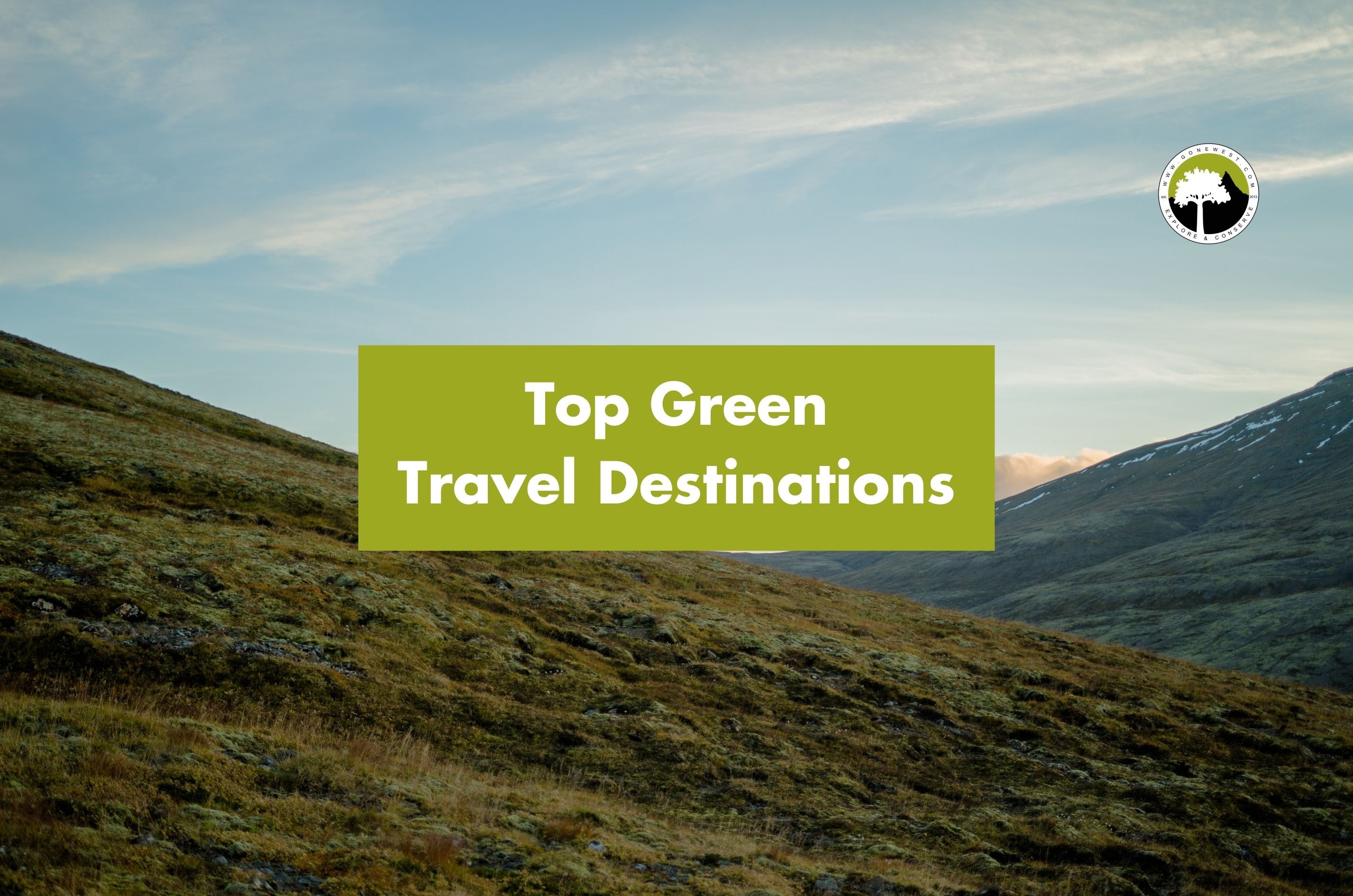Amazon Day is finally here – no, not that Amazon, the Amazon Rainforest.
Did you know? When you search ‘Amazon Day’ on the internet, you are greeted with article after article discussing Amazon Prime Day at amazon.com. This is the day where thousands of things on amazon are discounted, and in the United States alone, the company received $5.6 billion dollars in sales – a 6.1% increase from the normal daily total.
The irony in this company dominating this search is all too real. A day created to commemorate the founding of the State of Amazonas and acts as a reminder of what we need to do to save it, is silenced by a company that creates 465 million pounds of non-recyclable plastic. The same company that emitted 60.64 million metric tons of CO2 last year, increasing from the previous year, and yet are boasting about their sustainability efforts.
And that’s where the problem lies, our natural world is being stripped of its resources at an alarming rate but those with the power to change it are blinding us with false promises.
It’s not all doom and gloom, but we’ve got to do something now to ensure that we don’t lose our home. This blog will give you all of the information you need to learn and to change the way you go forward, for the Amazon and for our future.
What is Amazon Rainforest Day?
Amazon Day was established in 1850 to mark the creation of the Province of the Amazonas and is celebrated in most of Brazil. Since then, it has taken on a much deeper meaning. Since the 1960’s, consumerism drove the need for more land for beef and soya farms. The Amazon was, and still is, one of the largest uninhabited parts of the world – that’s a lot of potential space. But the Amazon is one of the most important ecosystems on our planet, and it needs to be protected, especially with the acceleration of its deforestation.
So, Amazon Day took on a new meaning. It’s a way of celebrating the Amazon Rainforest, but also a day for us to remind ourselves of the climate emergency we’re facing and forming a plan to combat that change before it’s too late.
Why the Amazon is amazing
What’s so special about the Amazon Rainforest, you may ask. Well, it is home to 10% of the world’s species and makes up 25% of the world’s biodiversity. The forest is home to more than 2.5 million species of bugs, 1300 species of birds, 3000 species of fish, 430 species of mammals and an amazing 40’000 different species of plants!
In one day in the Amazon, it can rain up to 8mm on average, totalling up to around 3000mm a year! It might not seem like much, but when 8mm covers the entirety of the rainforest.
If that wasn’t crazy enough, it is also home to 500 indiginous tribes and is the world’s largest rainforest, covering over two million square miles of land. That’s the size of India and Mexico combined!
Why the Amazon is important to us
Other than being an amazing and beautiful part of our world, the Amazon is key to our survival. The forest is a carbon sink, this means that it absorbs more carbon from the atmosphere than it releases. Because of the biodiversity in the rainforest, the Amazon used to be the world’s largest carbon sink. The trees, plants and microorganisms on the forest floor created the perfect environment to absorb all of this carbon.
As well as absorbing carbon, the Amazon also produces 6% of the earth’s oxygen, helping us to breathe and sustaining the life of millions of animals on the planet.
What the world would look like without the Amazon
You’ve probably had the thought experiment ‘what will the world look like in 50 years?’ or read some articles about climate predictions if we don’t do anything to slow or stop global warming. But what many people don’t seem to realise is that we’re already living through the early stage of global warming. It is not ‘if’ or ‘when’ it will happen anymore, it is happening and it is happening now.
Credit: Pixabay Creative Commons
Soaring Temperatures
In the last two years, we’ve seen the highest ever temperatures recorded. The UK hit 38.7C in 2019 alongside Antarctica at 18.3C. But in the last two months alone, Canada hit an all time high of 49.6C and just last month, Sicily hit 48.8C.
These high temperatures have led to record-breaking wildfires and droughts. Last year, Australia experienced one of its worst wildfires ever, burning more than 10 million hectares of land and killing more than one billion animals, leading many species to the brink of extinction. Currently, the forests in Siberia, one of the coldest places on earth, is experiencing the world’s largest wildfire. Over 190 forests are on fire and the area that they cover is bigger than Greece, Turkey, Italy, Canada and the United States combined.
For wildfires, it is the worst July on record.
Apocalyptic flooding
In the other parts of the world, countries are experiencing extreme rainfall and flooding. Germany’s July 2021 floods saw the worst floods in a century, with the repairs potentially costing the country up to €30 billion. As well as that, 205 people lost their lives and 158 are still missing. Germany wasn’t the only European country to be affected in July either, the flooding was widespread, spanning from the UK to Italy, devastating families and homes across the continent.
Turkey and China are also experiencing this extreme weather. This video sheds light on just a small part of the terrifying scenes in China, the death toll is already at 21. Turkey is still in the midst of its natural disaster, with their agriculture and forestry minister describing it as a ‘disaster we have not seen in 50 to 100 years’.
Without the Amazon
These events have all already happened, but without the Amazon, this could be the future.
The Amazon Rainforest has its own microclimate which releases water into oceans, regulating the temperature and controlling the currents. Without this regulation, the earth could see warming and more frequent extreme weather events. Just like those mentioned previously.
This warming can lead to an acceleration of the melting in the Arctic. The ice cover in the Arctic has already dropped by 41.7% and the permafrost is beginning to thaw. If all of the ice melted in the Arctic, the sea levels would rise by around 230ft, permanently flooding coastal cities and affecting millions of people.
Pandemics
Sea level rise isn’t the only thing to be worried about from the Arctic melting, though. We’re sure everyone is burnt out from living through the pandemic for almost two years, but hidden in that permafrost (which is now thawing) are millions of microbes. These microbes are joined by bacteria and viruses that have never been exposed to humans, viruses that could be just as deadly, or even more deadly, than COVID-19.
Without the Amazon, we could be facing regular pandemics, with social distancing being the least of our worries.
Loss of Biodiversity
Other than frequent, freak weather events and common global pandemics, the world would also lose around 25% of its biodiversity if we lost the Amazon. We would lose species that are integral for our survival, like pollinators. Without bees, we would lose all the plants they pollinate and then we would lose the animals that feed off those plants. 70 of the 100 crops that 90% of the world’s population feed off of would also go extinct meaning we could be experiencing a worldwide famine in less than a decade.
We’re losing the Amazon
Hypothesising what the world would look like without the Amazon might seem scary to you, but we’re already losing it. The present day condition of the Amazon Rainforest is scary. Deforestation of the rainforest is already up 30% from previous years, reaching 9762 square km. The wildfires alone burnt over 3793 square miles.
The wildfires may be an indirect result of humans, but the main cause of the deforestation comes from farming. The soil in the Amazon is very nutritious and the climate is perfect for farming. Cattle farming is responsible for up to 80% of the deforestation, with the rest for soya farms and logging. The net worth of our meat industry is $2 trillion dollars and is responsible for 3.4% of the current global emissions.
So, cutting down the Amazon is bad enough, but cutting it down and replacing it with one of the world’s biggest carbon producers is another thing. By doing this, we are basically doubling our global CO2 emissions, further accelerating the climate crisis.
Why this is bad
What does all of this mean? Well we know what would happen if it all completely disappeared, but there are immediate negative effects happening right now.
When trees and plants die, they release all of the CO2 that was stored in them. And when trees are burnt, they release three times more CO2 because the carbon that was stored reacts with the oxygen in the air to create more CO2. So, not only does cutting down trees mean that they can’t take CO2 from the atmosphere, it also means they add to the net total of the gas being produced. Leading to all of the long term effects discussed earlier in this article.
Because of the rapid deforestation, it is now thought that the Amazon Rainforest is emitting more carbon dioxide than it absorbs. The CO2 released after the 2015-2016 wildfires was equivalent to 6% of fossil fuel emission from all of Brazil, and because of the wildfires and the deforestation, the forest is emitting 1 billion tonnes of carbon dioxide a year.
How to stop the deforestation of the Amazon
It is important that we are all aware of our individual responsibility, but it is more important to hold those with power accountable. The big corporations and governments are going to be the ones who make a difference in how this climate crisis pans out, they are the ones signing unsustainable bills or creating products unsustainably.
The EU has already started to look into banning trade with Brazil until they stop the deforestation of the Amazon. Most of the products created from the deforestation of the forest are exported, so banning exports lowers the need for these products, leading to less production and thus less deforestation.
Big companies and corporations also need to do more. A lot of these organisations profit from cheap material or cut corners leading to pollution. One big leap they could make is switching to 100% renewable energy. A lot of the big companies, like Amazon, have already promised to do this, but are falling short. If these companies switched to renewable energy they would be reducing the greenhouse gas in the atmosphere by up to 50% and if they sourced their products sustainably, we could almost completely eliminate the deforestation in the Amazon.
Before you read any further, have you thought about offsetting your businesses’ products or services with solutions for sustainability? Visit Gone West’s Carbon Footprint Offsetting page to learn all you need to know about the services we offer.
What are Gone West doing to help?
Through businesses looking to offset their products and services, we have managed to support many different tree-planting organisations and projects. We have an affiliate program based in the Amazon with Camp Pachakuti that has already planted 100 trees and has the capacity to plant over 500!
By planting trees or offsetting your business with us, you’re creating more opportunities to fund these planet-saving projects as well as ensuring your business is as sustainable as it can be!
Although we don’t have our own project in the Amazon Rainforest, we have lots of other projects. Through our Plant & Protect projects, we have successfully planted over 5 million trees! These projects save land by planting trees and save lives by creating jobs and promoting good mental health and wellbeing.
If you would like to get involved in one of our Plant & Protect projects, or simply find out more, visit our Plant & Protect page on our website.
How you can help
There are lots of things you can do to live sustainably and to help stop this deforestation. One of the biggest things any individual could do is try to live on a plant-based diet – even for one day a week. The deforestation in the Amazon is predominantly down to cattle farming, as is most of the deforestation elsewhere in the world. If everybody went meatless in the USA for one day a week, 1.5 billion animals would be spared annually. We would save 150 billion gallons of water and reduce greenhouse gases by 70 million gallons per year. And that’s just if America went meatless for a day, imagine what could happen if the whole population of the world decided to give it a go.
Some of the largest issues mentioned in this article are because of big corporations and companies and the only way to stop them is to stop supporting them. This may be difficult to do completely, because many companies are green-washing people with fake statistics and promises, like Amazon, but a quick internet search will show you the big ones to watch out for. Stopping the demand for unsustainable products and not supporting these businesses can go a lot further than you think.
Travel is another issue that needs to be tackled. It is actually the biggest, single contributor to the greenhouse gas in our atmosphere, but also one of the easiest to change. A simple fix is walking and biking to as many places as possible and using public transport where you can’t. I know this might not be possible for a lot of people, so carpooling is another great alternative to this. If you’re still stuck, and none of those options are viable, why not offset your travel with us?
Try not to worry…
…but don’t sit back either. Our world is changing for the worse and we need to change our mindset if we are to continue to live here. The Amazon Rainforest is a natural wonder of the world and is so important to us as humans for so many more reasons. Make the change that you can and advocate for positive change this Amazon Day, the forest needs you!
We are opening up the opportunity to the public to invest in us! By investing in us, you are not only making an investment for yourself but also for our planet. If you are interested in this, please visit us on Seeders to pre-register before we go live (Capital at risk. Approved by Seedrs).
That’s all for now. I hope you have enjoyed reading our blog. Happy Amazon Day! Join the sustainable revolution to help save our natural world and our future by following us on Instagram and by subscribing to our monthly newsletter for updates.
Stay in the loop
Subscribe to our newsletter.
Everyone loves to get away, especially after two long years of a global pandemic. From city breaks to countryside getaways, we’re all itching to get out and about and [...]
June 23, 2022
Zero-waste living has been on the rise for quite a fews years. The movement started gaining traction when the public were made more aware of the severity of the [...]
May 15, 2022
As the world is getting back to normal and we’re beginning to travel more freely without restrictions, it’s a good time to start thinking more eco-consciously when planning your [...]
April 30, 2022
We’re sure that you, like us and many other people, are entirely burned out by bad news. Whether it’s bad news about politics, the economy, or the environment, we’ve [...]
April 14, 2022
We’re a few weeks into the Winter Olympics, with people from all over the world participating, attending, and tuning in. The event is all about celebrating people and their [...]
February 17, 2022

